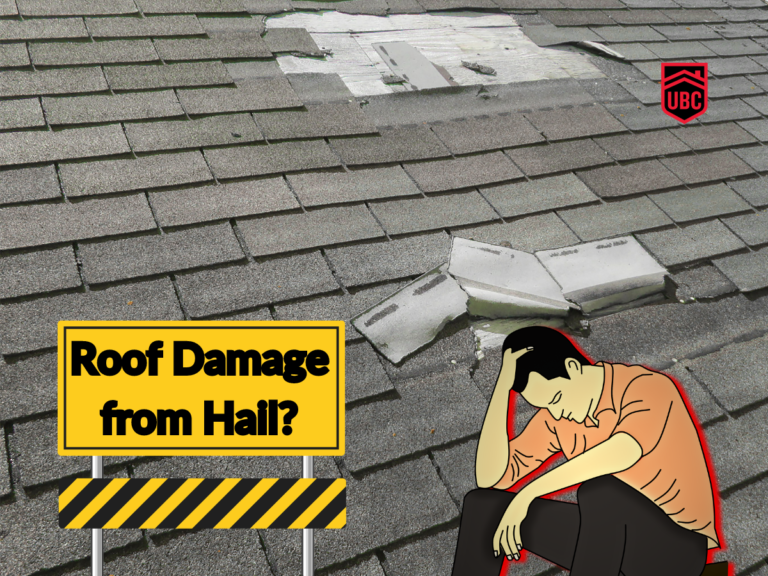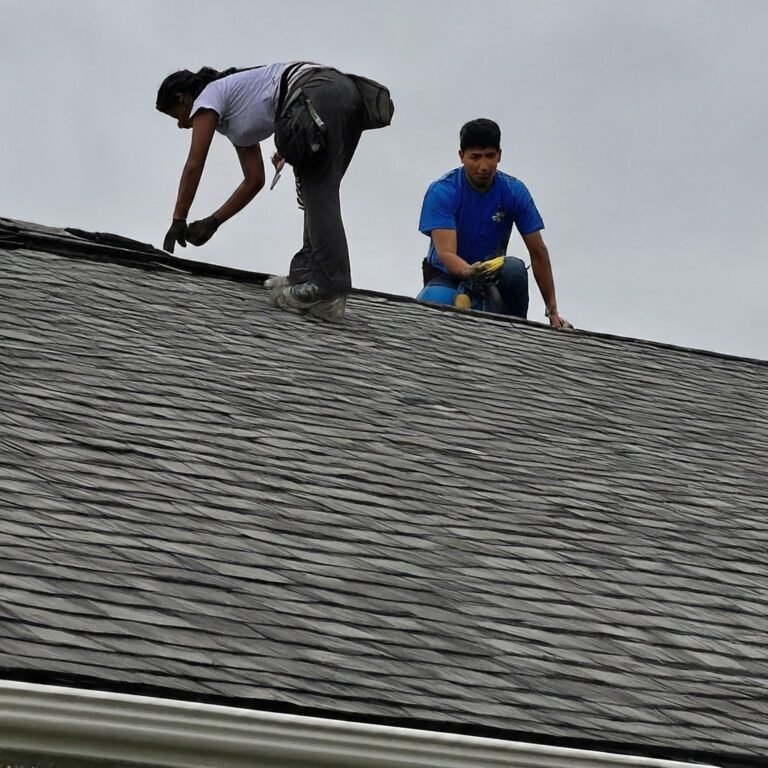Leaky Roof? Don't Suffer!

Leaky Roof? Don’t Suffer! Many homeowners know the sinking feeling of discovering a leak in their roof. It can cause a cascade of worries, from potential damage to your belongings to the hassle and expense of repairs. But don’t panic! There are steps you can take to address the leak and get your roof back in shape.
Shining a Light on Leaky Roofs: Recognizing the Signs
Leaky roofs can wreak havoc on your home if left unchecked. By staying vigilant and recognizing the early warning signs, you can address issues before they escalate into major problems. Here are some common signs and symptoms of a leaky roof to be on the lookout for:
- Visible leaks: Dripping water from the ceiling or walls
- Stains on ceilings and walls: Brownish or yellowish water stains indicating a leak
- Blistering or peeling paint: Signs of excess moisture affecting your interior
- Mold growth: Patches of mold on ceilings, walls, or in the attic
- Sagging ceiling: An indication of a severe leak that needs immediate attention
- Unexplained increase in humidity: Sudden spike in indoor humidity levels
Identifying the Problem
Recognizing Signs of a Leaky Roof
With a keen eye and some knowledge, you can spot the signs of a leaky roof before it becomes a major issue. Look out for visible leaks, stains on ceilings and walls, blistering or peeling paint, mold growth, sagging ceilings, and unexplained increases in humidity levels. These are all red flags that indicate a potential leak in your roof, and prompt action is necessary to prevent further damage.
Common Causes of Roof Leaks
On top of knowing how to recognize a leaky roof, understanding the common causes of roof leaks is crucial. Worn or damaged shingles, improper flashing installation, clogged gutters, cracked roof sealant, and animal intrusion are some of the main culprits behind roof leaks. Plus, addressing these issues promptly is vital to preventing water damage to your home and ensuring the longevity of your roof.
Temporary Solutions
Quick Fixes for Immediate Relief
Even with a leaky roof, there are temporary solutions you can implement for immediate relief. One option is to tarp the damaged area if accessible, ensuring it is securely fastened to prevent further water infiltration. Another quick fix includes applying roofing cement or sealant around the affected area for small, localized leaks. Placing buckets strategically to catch dripping water can also provide temporary relief until a professional can assess and repair the roof.
Long-Term Prevention
Regular Roof Maintenance Tips
Many roof leaks can be prevented with regular maintenance. Inspect your roof at least once a year, especially before the rainy season, to catch any potential issues early on. Clean your gutters regularly to ensure proper drainage, preventing water backup. Trimming overhanging branches can also protect your roof from damage. Ensure your attic is well-ventilated to regulate temperature and moisture levels. Address any damaged shingles promptly to prevent leaks. These proactive measures can help extend the life of your roof and minimize the risk of leaks.
- Inspect your roof annually for potential issues
- Clean gutters regularly to ensure proper drainage
- Trim overhanging branches to prevent damage
- Ensure attic ventilation to regulate temperature and moisture
- Promptly address any damaged shingles to prevent leaks
Though regular maintenance may require some effort, it is a small price to pay compared to the potential cost and hassle of dealing with a leaky roof.
Proactive Measures Against Future Leaks
With an understanding of the common causes of roof leaks, you can take proactive measures to prevent them. Make sure to address any worn or damaged shingles promptly to avoid water seepage. Proper installation and maintenance of flashing can help prevent leaks around vulnerable areas. Regular gutter cleaning is important to prevent water backup under shingles. Checking and repairing roof sealant can also help waterproof critical areas. By taking these proactive steps, you can minimize the risk of future leaks.
Signs of a Leaky Roof:
– Visible Leaks: The most obvious sign of a leaky roof is water dripping from the ceiling or walls.
– Stains on Ceilings and Walls: Water stains that appear brown or yellow can indicate water infiltration from above.
– Blistering or Peeling Paint: Excess moisture can cause paint to bubble and peel, especially on ceilings and walls near the leak source.
– Mold Growth: Mold thrives in damp environments and can indicate a persistent leak.
– Sagging Ceiling: A severe leak can cause the ceiling to sag under the weight of accumulated water.
– Unexplained Increase in Humidity: Sudden spikes in indoor humidity levels may signal a roof leak.
Common Causes of Leaky Roofs:
1. Worn or Damaged Shingles
2. Improper Flashing Installation
3. Clogged Gutters
4. Cracked Roof Sealant
5. Animal Intrusion
Temporary Fixes for Leaky Roofs
While temporary fixes can provide short-term relief, it’s crucial to address the underlying issue with professional repairs. Here are some temporary measures you can take: – Tarping the Roof – Patching with Roofing Cement – Placing Buckets
Preventing Future Leaks
Proactive maintenance is key to preventing roof leaks. By taking the following steps, you can protect your home from water damage: – Schedule Regular Inspections – Keep Gutters Clean – Trim Overhanging Branches – Ventilate Your Attic – Address Damage Promptly
Keep Your Roof Leak-Free
Don’t let a leaky roof cause you stress and damage to your home. By understanding the signs, causes, and preventative measures for roof leaks, you can safeguard your home and enjoy peace of mind. Bear in mind, that professional repairs are always the best long-term solution. Invest in regular maintenance and address issues promptly to keep your roof in top shape.
Contact United Building Contractors (UBC) at 952-800-ROOF (7663) for a free roof replacement estimate or use our instant estimate tool on our website.
FAQ
Q: How can I identify a leaky roof?
A: Look out for visible leaks, stains on ceilings and walls, blistering or peeling paint, mold growth, sagging ceiling, and unexplained increases in humidity.
Q: What are the common causes of leaky roofs?
A: Common causes of leaky roofs include worn or damaged shingles, improper flashing installation, clogged gutters, cracked roof sealant, and animal intrusion.
Q: How can I prevent future roof leaks?
A: To prevent future leaks, schedule regular inspections, keep gutters clean, trim overhanging branches, ventilate your attic, and address any damage promptly.







